It is incredible how sneakers have evolved into everyday essentials for everyone. They can add flair to every outfit, from jeans to summer dresses, and hold their own when paired with work outfits.
More and more, people are leaning into comfortable fashion, with the average woman possibly owning up to 7 pairs of sneakers. These pair of shoes have become the go-to for chill date nights, work, school, and everything in between.
However, with fashion’s growing carbon footprint, it’s time we ask a serious question: Is your sneaker choice hurting the planet or helping it? More importantly, what makes a women’s sneaker truly sustainable? Let’s lace up and find out.
The Roast
So, if you’ve been collecting sneakers like they're trophies, it might be time to reconsider your choices.

What Best Describes Sustainability?
To know if your shoes are eco-friendly, you first have to understand sustainability. So, what best describes sustainability in fashion?
It’s the ability to meet today’s fashion needs without compromising the needs of future generations. That means using renewable resources, reducing carbon footprints, and treating workers fairly.
Sustainable sneakers are designed with all these factors in mind—environmentally friendly materials, ethical labor, and long-lasting quality. They are made to last while also remaining chic, functional, and safe.
What Are Sustainable Sneakers?
A sustainable pair of sneakers is one made with a conscious effort to minimize harm to people and the planet. What are sustainable sneakers? Yes, this might sound quirky, but the point is still important! These sneakers focus on:
If your sneakers check these boxes, you’re already on your way to greener living.
Ethical Manufacturing: Who Made Your Sneakers?
It’s not just what your sneakers are made of but also who made them. Ethical manufacturing ensures fair wages, safe conditions, and zero exploitation.
Ask yourself:
Brands like Veja, Allbirds, and Nisolo offer full transparency and are excellent examples of doing it right.
Durability and Longevity Over Fast Fashion
Fast fashion might be cheap and trendy, but it's a major problem. One of the best ways to be sustainable is by wearing your sneakers longer. Choose quality over quantity!
Look out for:
When your shoes are built to last, you’re not only saving money, you’re also saving the planet. You can use sustainable sneakers for a long time and to different occasions, creating long-lasting memories and building relationships.
Certifications and Standards That Actually Matter
The shoe industry loves greenwashing, throwing around the word “eco” with no evidence. To know you're buying the real deal, look for legitimate certifications:
These labels separate the fakes from the truly sustainable sneakers and help you make a more informed choice.
Can Leather Be Sustainable?
Here’s the controversial debate: Can leather be sustainable? Surprisingly, yes, but only when produced responsibly.
Look out for:
What Do You Think Would Make a Shoe More Sustainable?
Now let’s bring it home. Sustainable sneakers aren’t defined by one green feature—they’re judged by their entire lifecycle. So, let’s flip the script for a moment: what do you think makes a women’s sneaker truly sustainable? Here are some non-negotiables:
-
Materials: Are they organic— do they have biodegradable soles? Recycled, or low-impact?
-
Longevity: Do they last more than one season?
Simple choices like these can drastically reduce environmental impact.
Simple Ways to Recycle Shoes
Are you always throwing your old kicks in the bin? You already know you can't anymore, not if you've read till this point. There are simple ways to recycle shoes that make a real difference.
Try this:
Every pair you recycle is one less clog in a landfill and helps you save the planet in simple steps.
The History of Trainers Explained
Let’s take a quick trip down memory lane—the history of trainers explained in a flash.
Trainers which are also called sneakers, began as rubber-soled plimsolls in the 1800s and became mainstream with Converse in 1917. By the ’80s and ’90s, they exploded into pop culture thanks to athletes and hip-hop icons. Fast forward to today, trainers are fashion staples—but now, the focus is shifting toward sustainability and ethical production.
They’ve gone from gym floors to fashion runways—and now, hopefully, to a greener planet.
What Are the Sustainability Trends in the Shoe Industry?
If you’re wondering what the sustainability trends are in the shoe industry, the answer is hopeful. The industry is embracing big changes:
These trends show we’re moving from fast to conscious, and that’s something to celebrate.
How Can I Incorporate Sustainable Fashion Into My Wardrobe?
It’s not just about shoes, right? You’re probably asking, How can I incorporate sustainable fashion into my wardrobe? Here's how:
You don’t need a whole new closet—just a few smart changes go a long way.
Types of Shoes for Women That Support a Greener Wardrobe
The fashion world is overflowing with types of shoes for women—heels, boots, sandals, loafers, sneakers—you name it. So, while this article focuses on sneakers, these other types of shoes can support a sustainable lifestyle. How do you pick the sustainable ones?
Let's show you:
Stylish and sustainable can go hand in hand. You just need to know where to look.

Conclusion: Walk the Talk
It’s clear that every step you take can either hurt or help the planet. So now that you know what makes a women’s sneaker truly sustainable, it’s time to start making choices that align with your values. From ethical production to earth-friendly materials, sustainable sneakers are more than just a trend; they’re the future of fashion.
That being said, the next time you're shopping for trainers, don't just think style—think sustainability. Because your shoes shouldn’t just take you place; they should also take care of the world we all share. Ready to walk the eco-friendly path? Start with your sneakers.
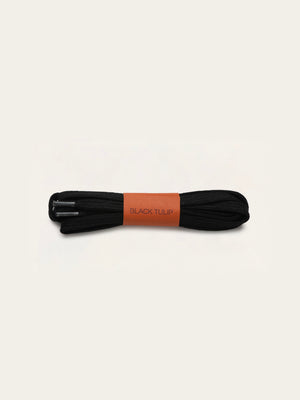
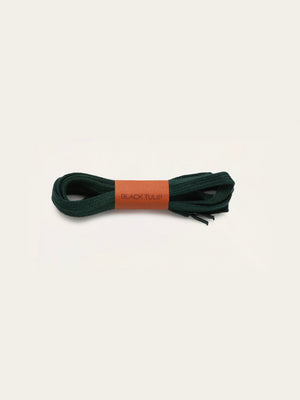
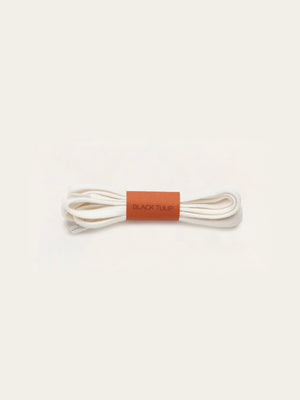
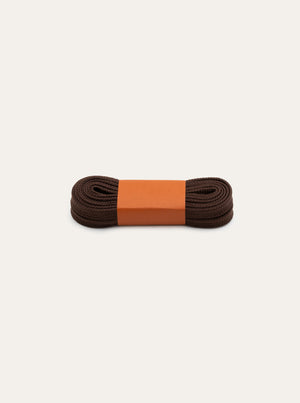
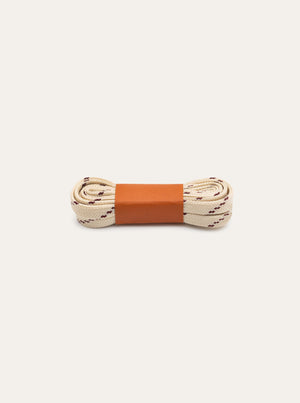
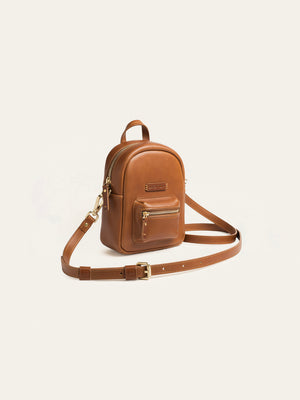
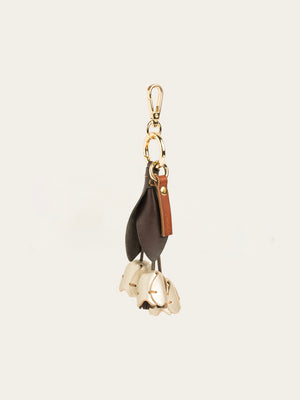
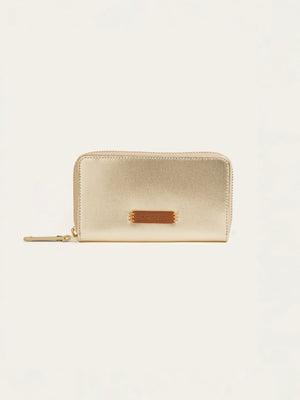




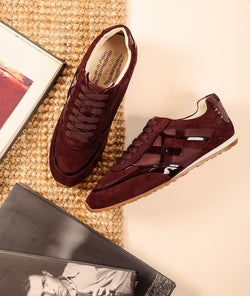
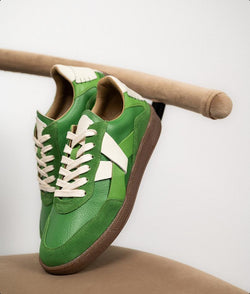
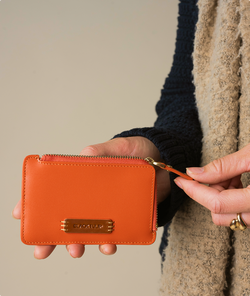
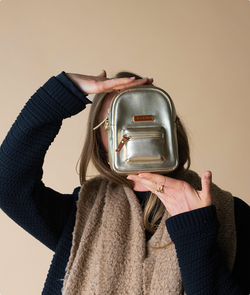
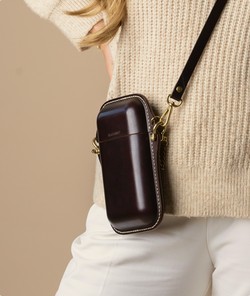





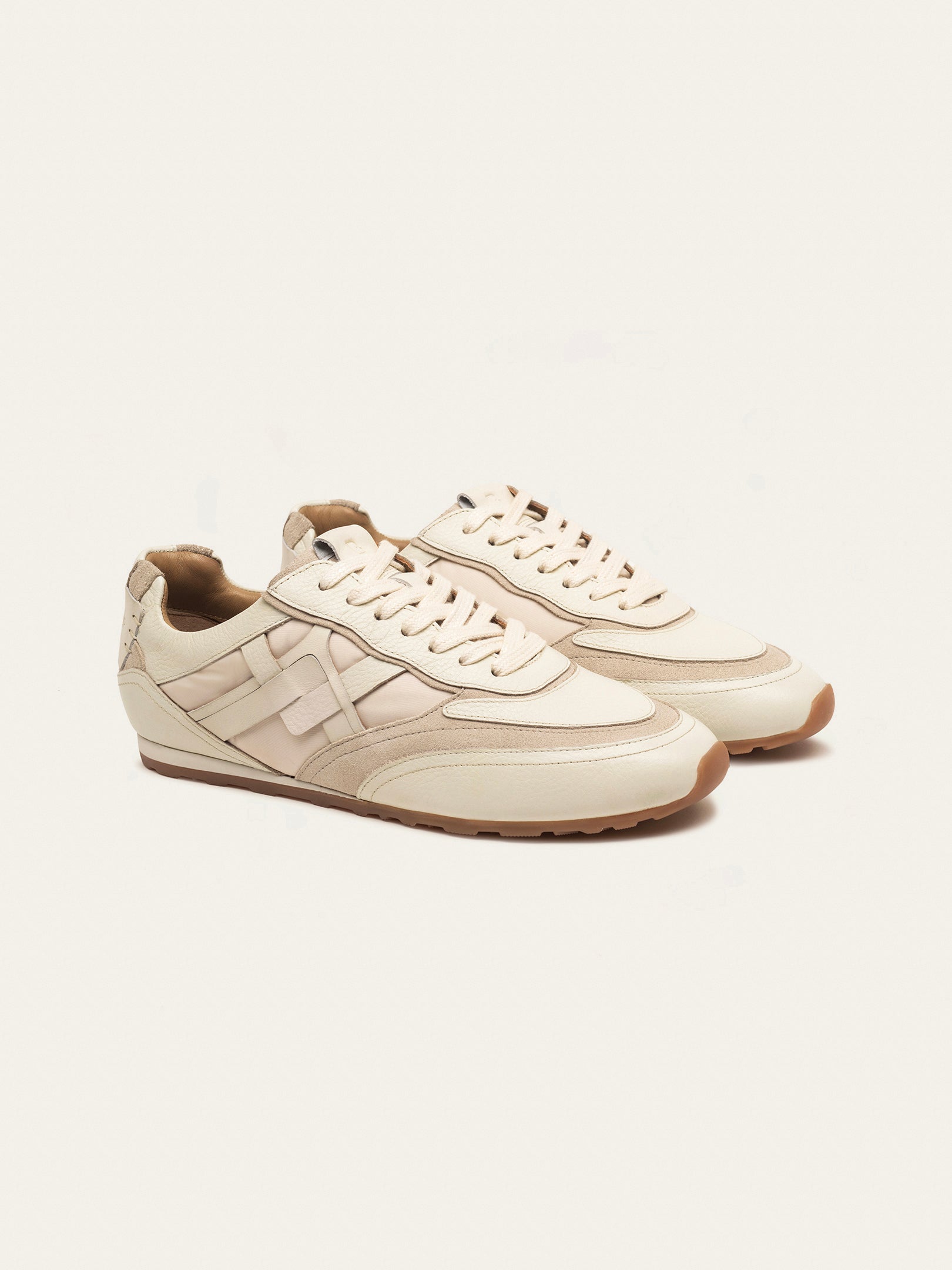
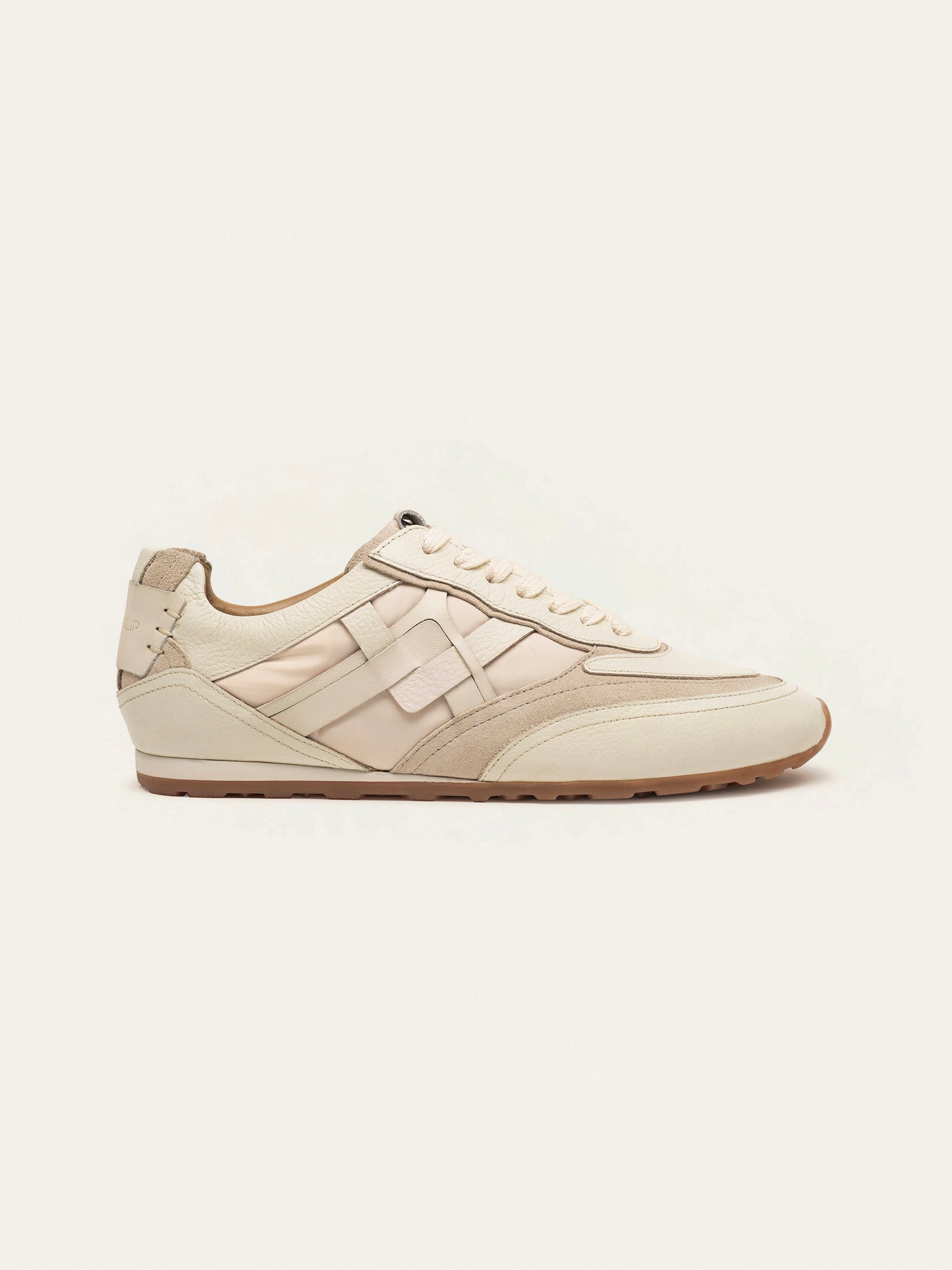

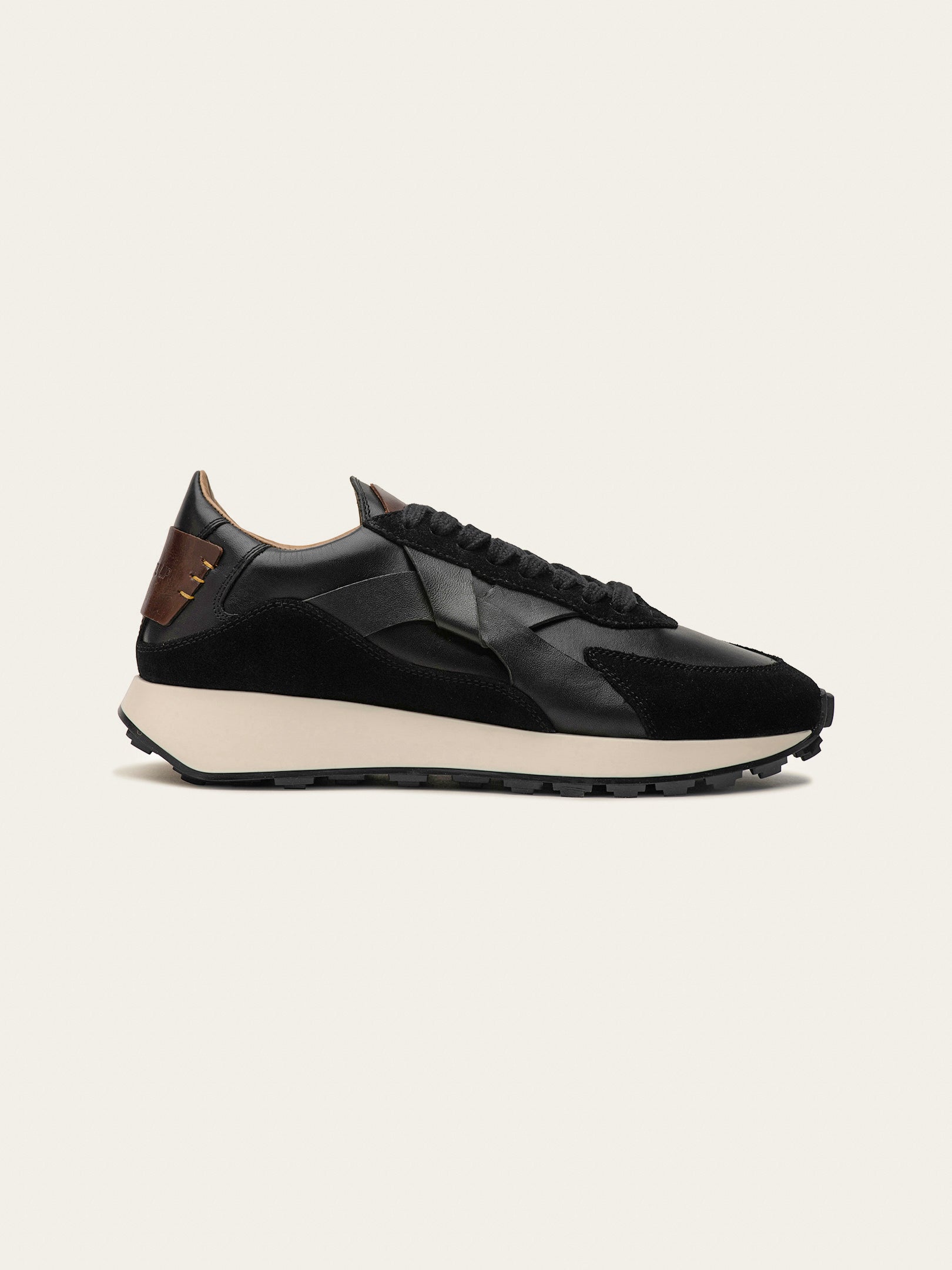
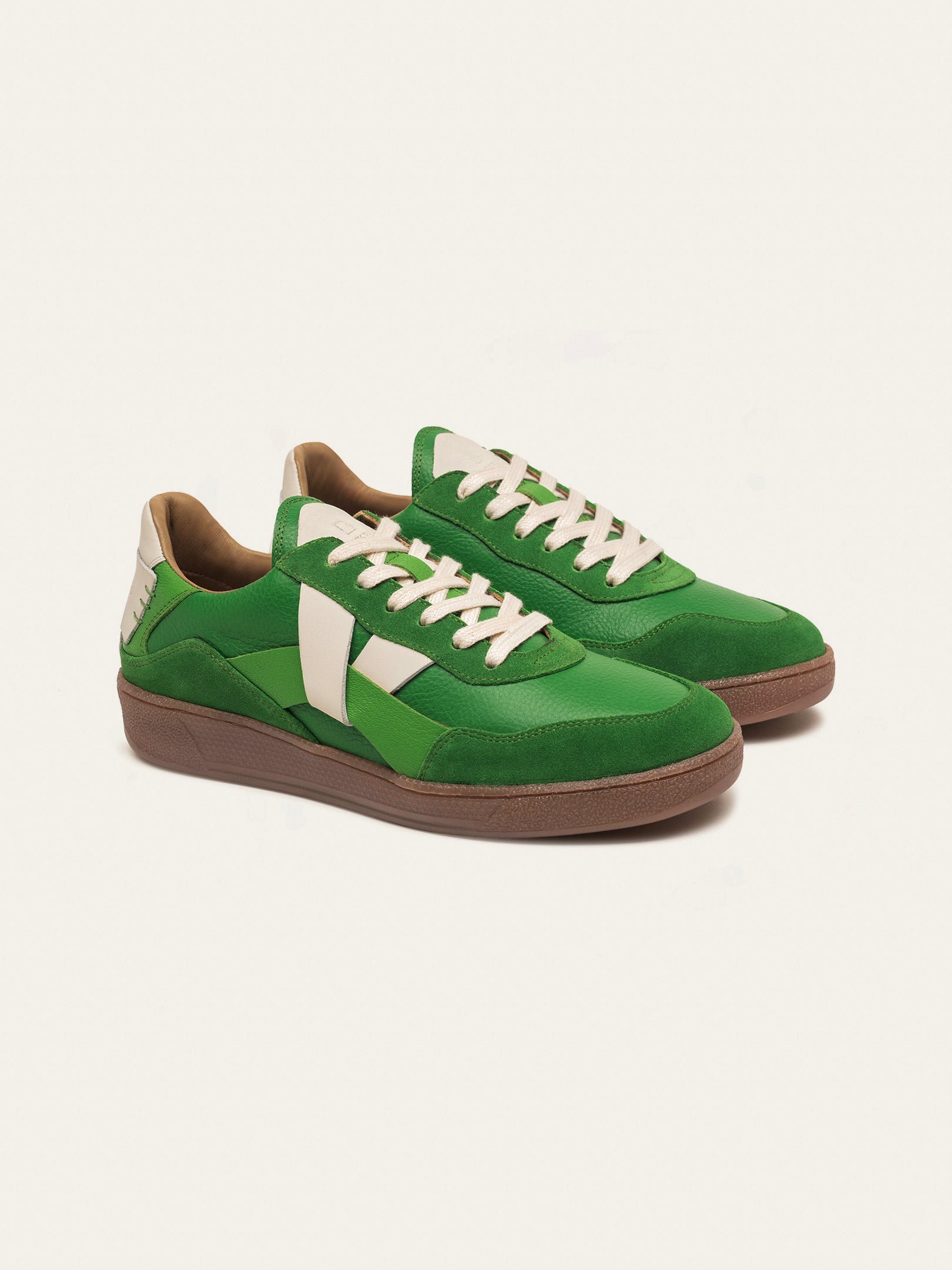
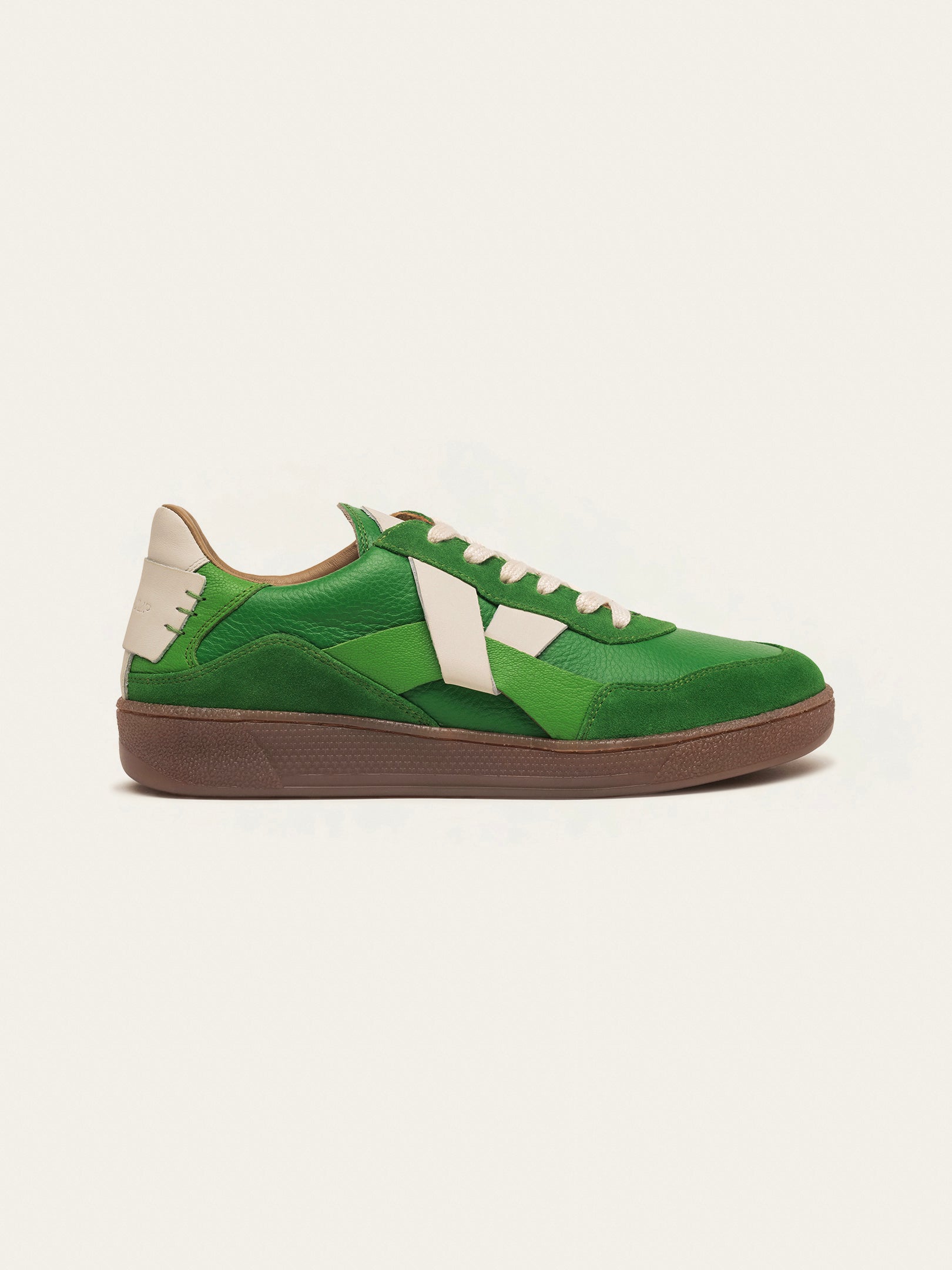
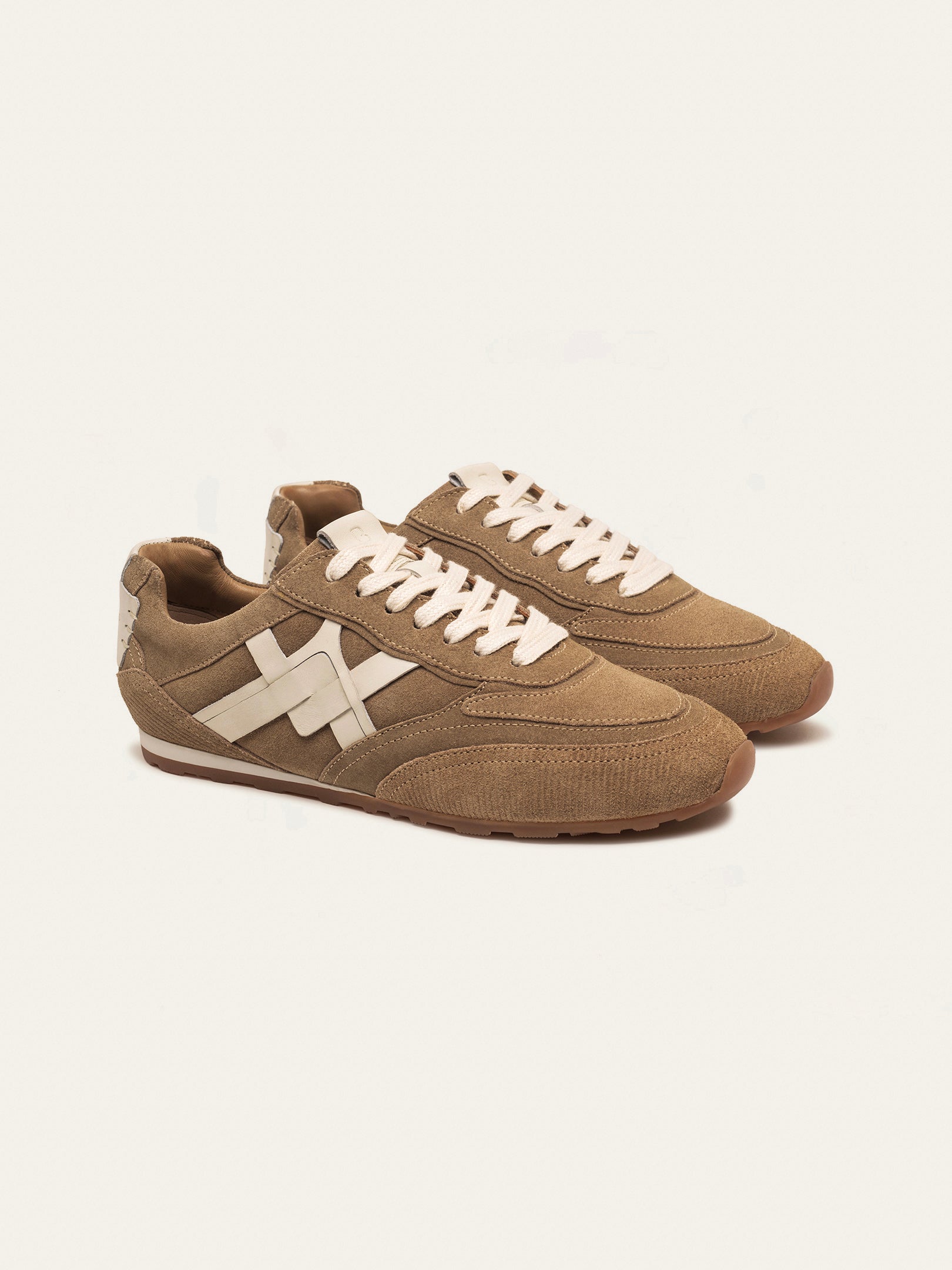
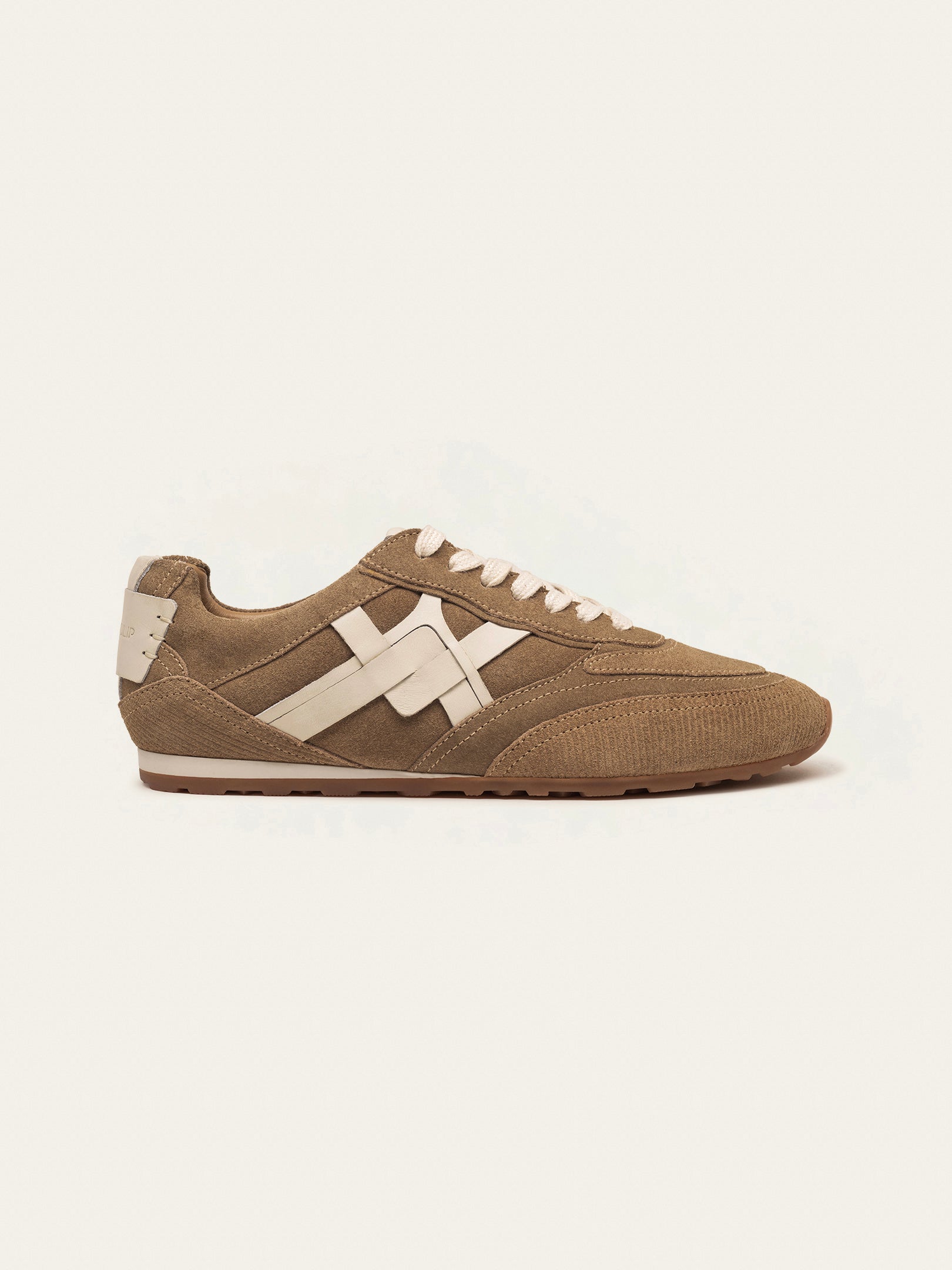
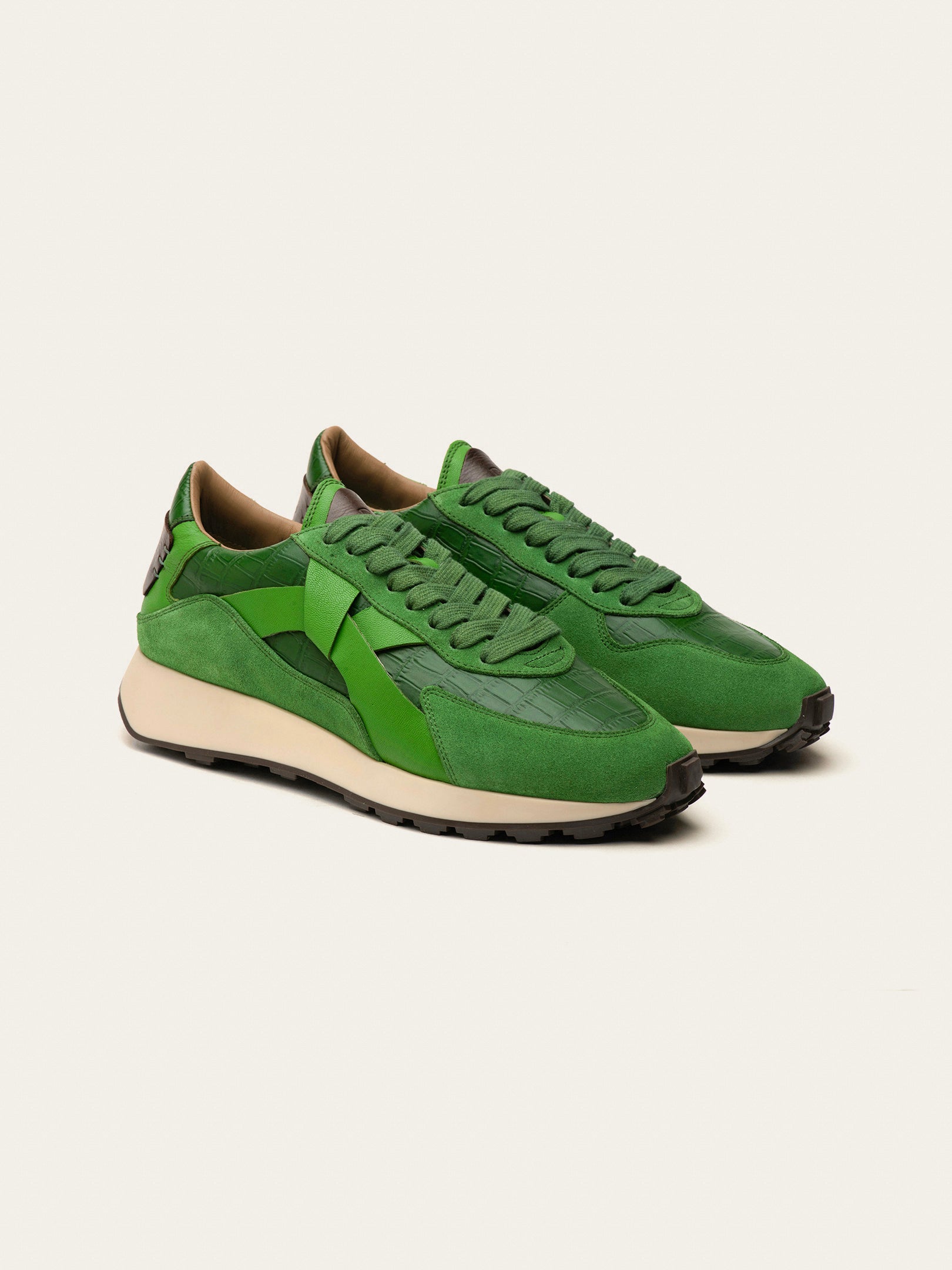
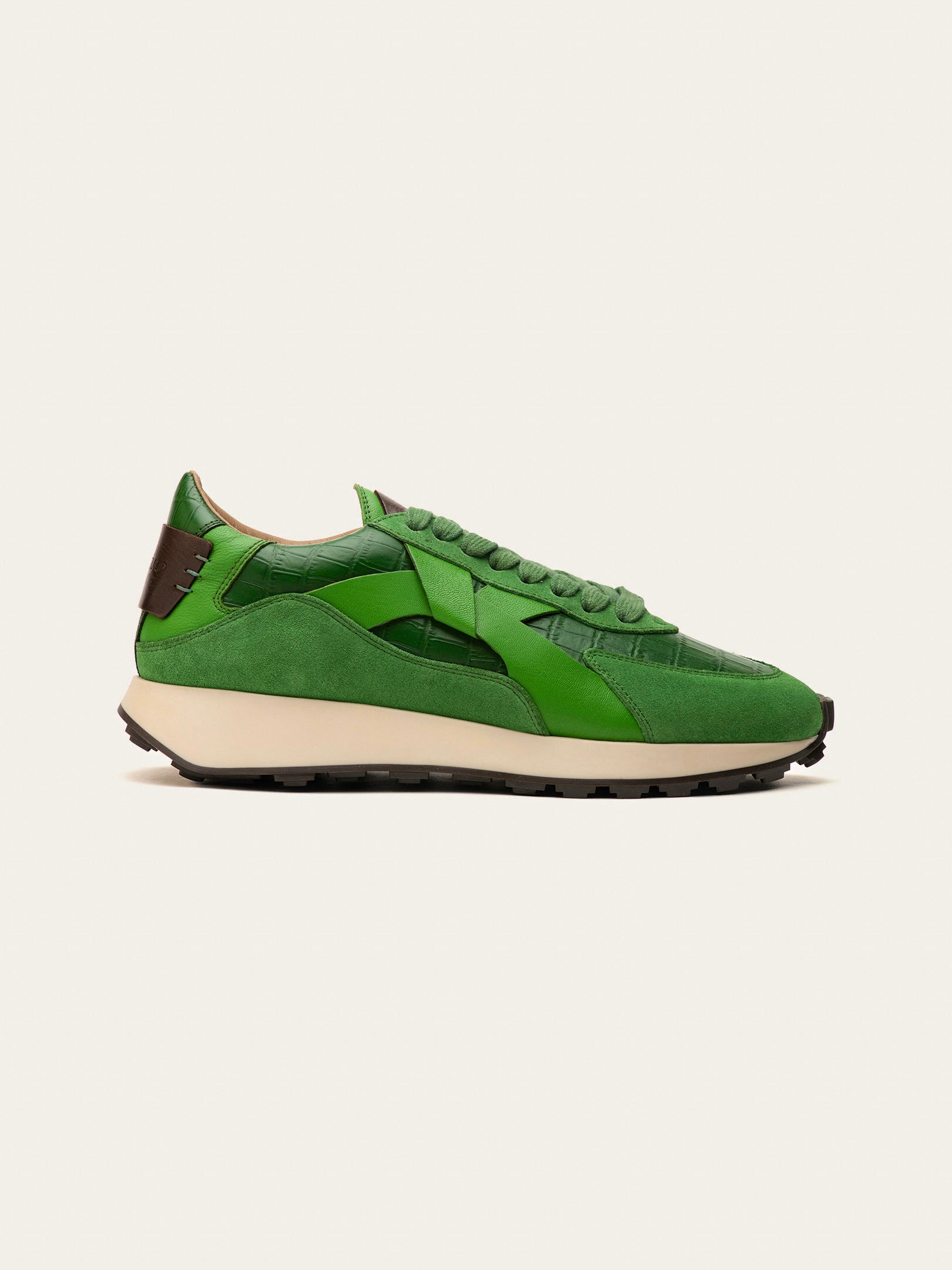

![Why Wide Fit Trainers Changed My Life: A Shoe Expert's Guide [2025]](http://blacktulipstudio.com/cdn/shop/articles/Blog_Img_3_8ce33137-6433-4543-8374-a7b009c05ff2.png?v=1763668125&width={width})

![Retro Runners vs Modern Trainers: A Real Runner's Guide [2025]](http://blacktulipstudio.com/cdn/shop/articles/blog-mobile_ec9ed0c4-2e29-4327-8733-eae234cb618c.png?v=1758780707&width={width})



